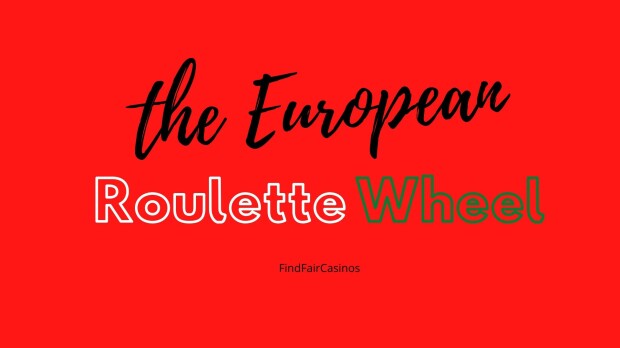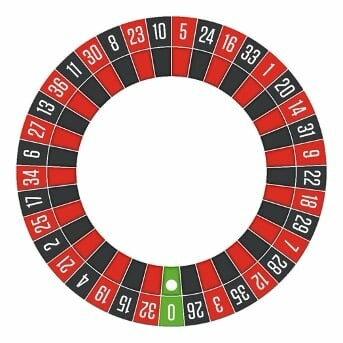
The history and inspirations of the European Roulette Wheel
The history and inspirations of the European Roulette Wheel

When beginning your Roulette adventure you will quickly realise that all Roulette wheels are numbered. The numbers are ordered, but not in a traditionally arithmetical format. The seemingly randomised ordering of the digits is designed to limit the possibility of bias. It is difficult for someone to look at the wheel and deduce any kind of relation between the different numbers and sectors unless they are a seasoned pro. Red and black pockets alternate throughout the wheel, each adjacent section always having a different colour. The low and high numbers are also required to alternate as much as possible, mostly in the European edition of the game, the exception being five and 10. The alternation of both the colour and the height of the number allows for a better-balanced wheel, and therefore a fairer game.
These days, the standard Roulette wheel functions like a well-oiled machine, but that is only because of the trials and errors of its predecessors. In terms of the way that the wheel spins, it is the rotor that is the most important mechanism that keeps the gameplay moving. The rotor goes ensures that the wheel and its pockets spin at a consistent speed, further balancing the game. The base of the wheel acts as the outer shell – usually made out of wood, and complete with a metallic interior, this helps to protect the Roulette rotor and all the other inner mechanics of the game. These details are considered to be this important because the slightest imperfection to a Roulette wheel’s base can affect the ball’s track – meaning the game’s integrity will be compromised.
The design of the roulette wheel dates back as far as the 18th century. The game itself is a culmination of several other numbered games, such as “Biribi” and “Roly Poly”.
The game Biribi originated in France and was played on a board that was marked with numbers one through to 70. Each player then went on to place their stake onto the numbers that they wished to back. Although a favourite pastime of many French residents, the game was in fact banned by law in 1837, due to being linked to criminal activity.
However, Biribi was mostly considered to be similar to a game of Bingo. The “banker” would be provided with a bag of numbered tickets, corresponding with those on the board. They would then blindly retrieve a ticket and call out that number - note that this is where the similarities seemingly end - and whoever had previously placed their stake on that number received 64x their stake, the other unlucky stakes going to the banker.
The British wheel-based game of Roly Poly was essentially another name for the earlier invention of Roulette, although some argue that it was more like “Even-Odd”. Even-Odd was another type of wheel game that was considerably simpler than the rest. There were no numbers on the wheel, just the letters O and E, representing the obvious “Odd” and “Even”. There doesn’t seem to be a definitive report as to whether or not the wheel used in Roly Poly had numbers, but regardless it can be said that both games had greatly similar principles to Roulette.
The basic argument when it comes to Roulette is that it has originated from previously similar games, as did its iconic wheel-based structure. It is perhaps also one of the fairer casino games on the market, due to its previously explained balance.






